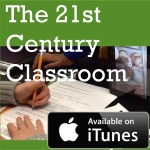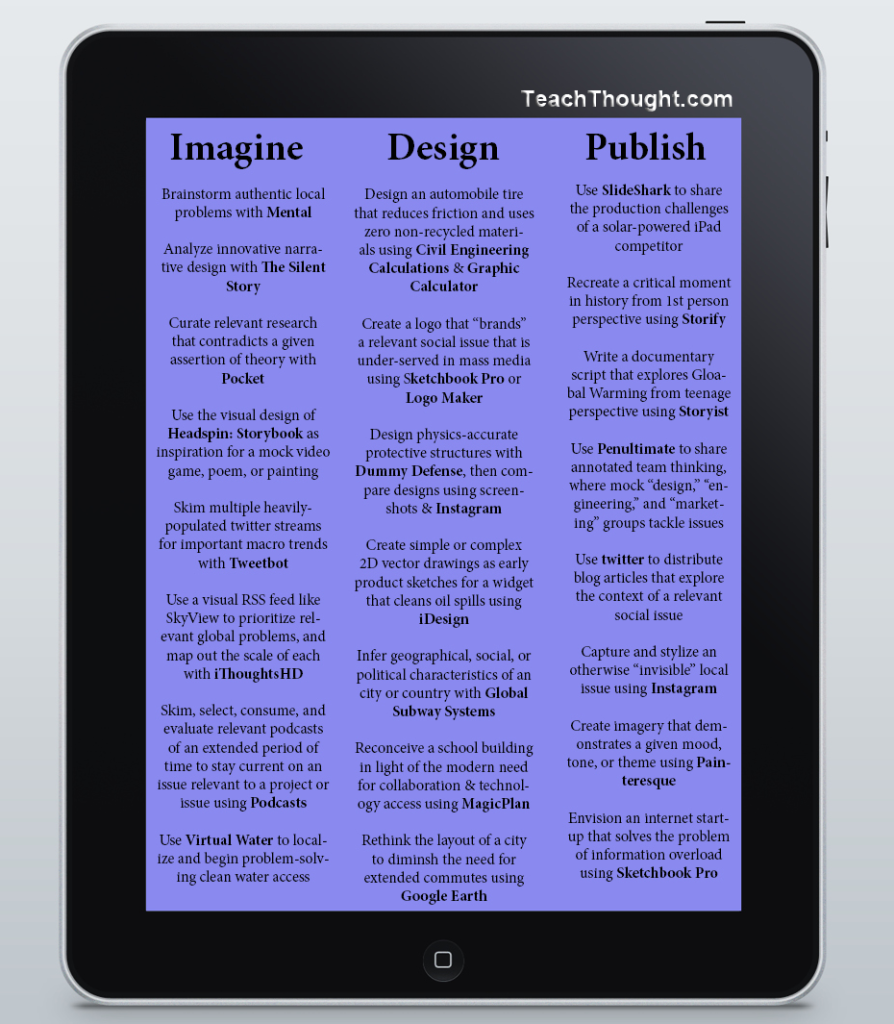Oh, remember back when we had our project-based learning culminating events all mapped out? Students presenting at Dynamic Landscapes! A school wide community celebration of Cabot Leads! Presentations at Cultivating Sustainable Pathways.. and the Vermont Rural Education Collaborative conference. So many plans, spring days, joining together to celebrate and witness each other’s efforts!
Full. stop. Enter, school cancellation until the end of the year.
First, we can mourn for that loss. The spring celebrations and culminating events for me are one of the most fulfilling and inspiring parts of the school year, when students proudly present what they have created, in their own voices, and how it has changed them, and often positively impacted the world. It is moving, important, purposeful.
*Sigh* After we have mourned this loss, we can pivot. Project-based learning can still happen remotely, and students can still find meaning, purpose, collaboration, joy and share their work with their communities. It’s just going to look different now. We can still feature:
- relevance
- purpose
- collaboration
- hands on work
- community partnerships
- culminating events
We can still use this PBL template, but consider how we can do each part virtually and remotely. So, let’s go! Pivoting to remote/distance PBL. We got this.
Exciting Virtual Launches
Often one of the first, most exciting and important parts of PBL is launching the entry event. These are critical to engage students in the learning, by tapping into relevance, motivation, and excitement. They are something novel, high-interest, that can give students a reason to dive into a driving question for inquiry. Luckily, many organizations see this opportunity to engage students and are giving us resources to do so.
Here are some examples of high interest virtual launches:
- curated, thought provoking photos in slideshow (here is the New York Times What’s Going On in This Picture slideshow)
- short videos
- highly visual and surprising infographics, unpacked together
- web cams! Tiger, lions, sharks, deep sea
- tours of historical sites and natural landscapes
- read a picture book and ask questions – or post a video of the author reading the book and ask questions!
The idea is experience something new and exciting… then ask students to generate questions or to pondering a driving question you have created, and launch all sorts of inquiry and thinking.
Moments of Collaboration
It is easy to think that the shift to remote PBL means that students will be working on projects by themselves. But this is not true! Student can work collaboratively on projects with many of the same supports you designed at the beginning. Collaborating on Google Docs and slides? Yep. Creating a timeline and due dates? Yep. Giving each other feedback on work? Indeed. Students will need support with how to do this, as in schedules, dates, expectations and times. This could look like a weekly post describing how they worked as a team that week, or daily exit tickets with this check in.
Here are a few tools that support collaboration in remote project-based learning:
- Online doc and slideshow comments and revision history (project ideas here)
- A collaborative Padlet for building a list of resources and docs
- Flipgrid for video comments on projects
- Cross school collaborations on Seesaw (video PD about this with examples here)
Scaffolding and support
PBL requires lots of support and scaffolding from the teacher, and in the remote environment, this is even more important. What might this look like? It might be providing one slide show of the entire project, step be step, that students can follow, and the announcements that day can say what step your class is working on. It could also be creating a Google Site for the project, with weekly plans and task listed on docs embedded in the site, like this one from Learning Lab participant and 3/4 teacher from Burke Town School, Chrissy Park!
Or it could be clear instructions on Google Classroom in an announcement: “Hey class! Today, use this research note catcher to document your research using the Padlet of sources for your team. Add your main takeaway as a comment to this post sometime this week.”
Remote PBL could take the form of a playlist as well, guiding students through a series of steps to complete the project. Here, you will see Burke teachers Amelia Wurzberg and Courtney Murray continued their year long focus on the United Nations Global Goals with a choice board to pivot their PBL to a remote environment, and provide flexibility to the project.
In thinking about UDL, offer all students support like you might in the classroom: graphic organizers, note catchers, clear instructions and steps, and ways to get more support. Here are the principles of UDL as they apply to remote learning environments.
Reflection
Regular reflection is a key part of project-based and service learning. Schedule weekly reflection opportunities digitally or on paper, just as online journals such as Seesaw or create digital books such as Book Creator. Or, have students post reflections on Flipgrid. The key is regular reflection with multiple modalities for doing so. Students can reflect on their learning of the transferable skills or other learning targets. All of the strategies in this post are doable remotely with some minor tweaks!
Community Partnerships
These are still possible and important! Many community partners want to be available to support students. Creating a community partner contact list is a good first step, either with students, in your teaching team, or on your own. Then, coordinate ways teams of students can meet with community partners online or get feedback on their working drafts. Check out how folks at People’s Academic Middle Level have partnered with their communities in project-based learning.
Culminating Events
While these will certainly be different, they can still provide an authentic audience. Any of these ideas could be remote as well.
Students can:
- send a video presentation to legislators or interested in community groups
- curate and present a slideshow of work via video or audio to a school and community audience at a virtual event
- livestream a presentation to a wider audience (with family approval, of course)
- create and share YouTube video presentations
- create an Adobe Spark and share online
- other ideas!
Another example
One example of remote PBL that I recently saw was this one, created by over 100 educators, PBL about this moment in time. A caution, however, that this might be too overwhelming and scary for students who are experiencing loss and anxiety right now. They could focus on other aspects of the project, such as building community, self-care, or other issues related but not directly exploring the virus and its impacts.
Another word of caution
We need to make sure that the design of remote PBL is equitable and trauma informed. First, any PBL that requires any fancy materials, or any materials actually, that are not usually readily available in the home environment. And before a student uses any home materials, have them check with caregivers at home. Resources right now are challenging to find and manage.
To be trauma informed, the plans need to be flexible and open ended. Plan in student choice, asynchronous opportunities, and adjusted timelines to allow for students who are experiencing difficulties at home. Provide, as Alex Shevrin-Venet shared during a recent webinar, make sure to let “flexibility and empowerment to guide you: offer choices, differentiating, and one choice might be to opt out.”
PBL can be remote, with some planning, and shifting mindsets. How are you moving toward with purpose, motivation and relevance with project-based learning? The keys are flexibility and relevance. We’d love to hear about it!
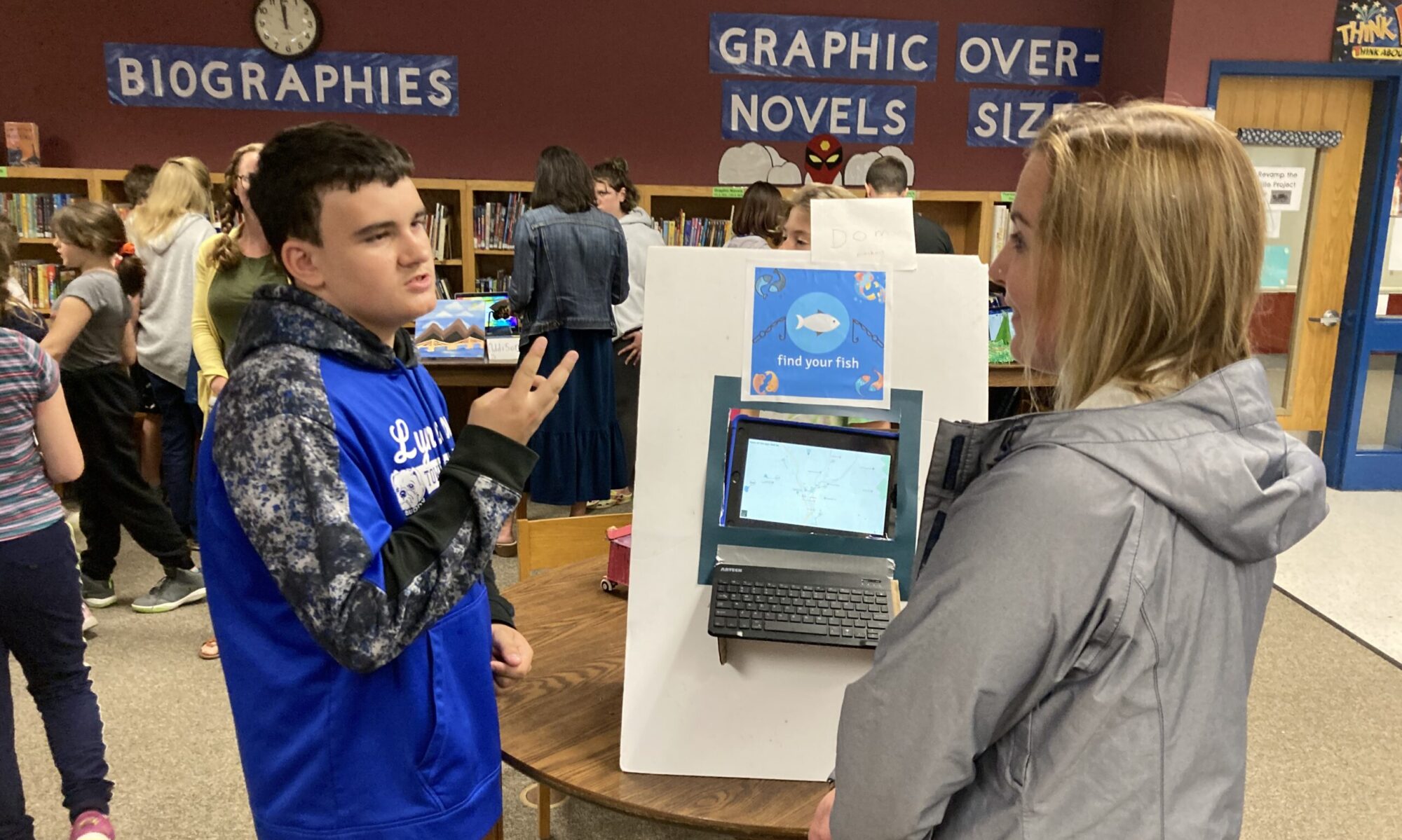


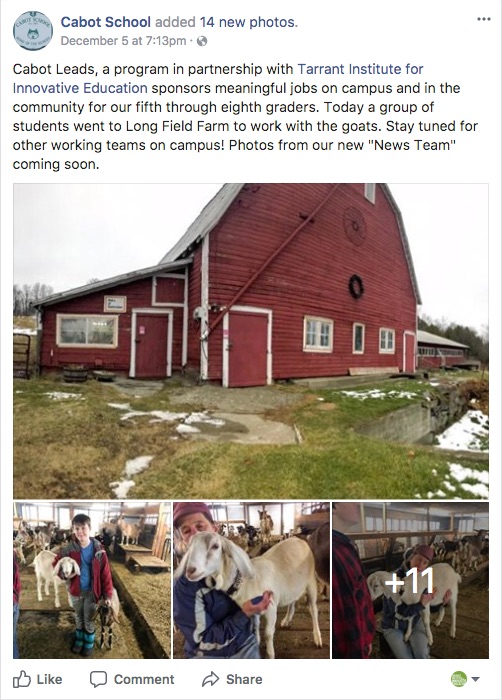
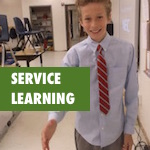
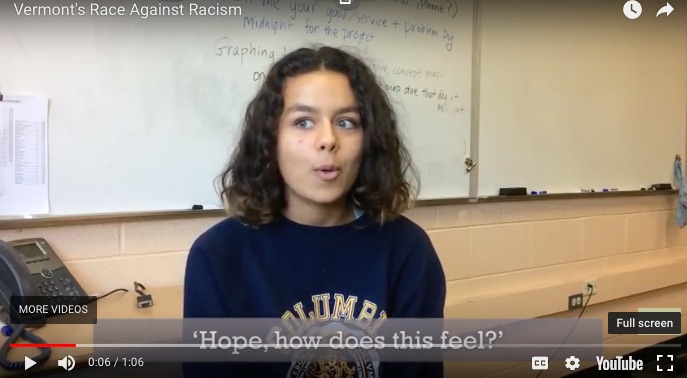
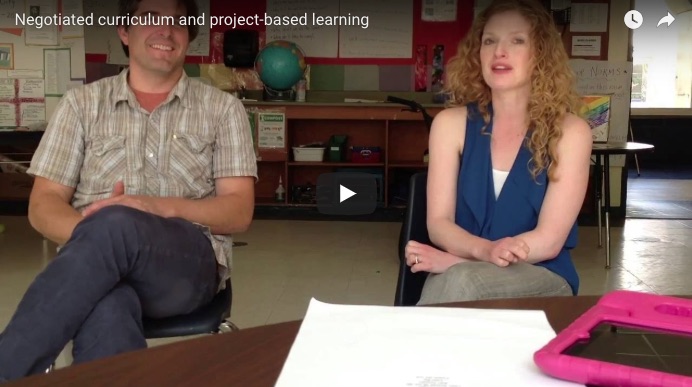
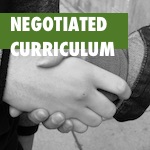 Part of the power of implementing a negotiated curriculum is that it doesn’t just center student voice, it actually moves the learning space towards a democratic classroom, a place where students can advocate for themselves and their learning interests, goals and styles. It’s an important piece of the personalized learning plan (PLP) picture.
Part of the power of implementing a negotiated curriculum is that it doesn’t just center student voice, it actually moves the learning space towards a democratic classroom, a place where students can advocate for themselves and their learning interests, goals and styles. It’s an important piece of the personalized learning plan (PLP) picture.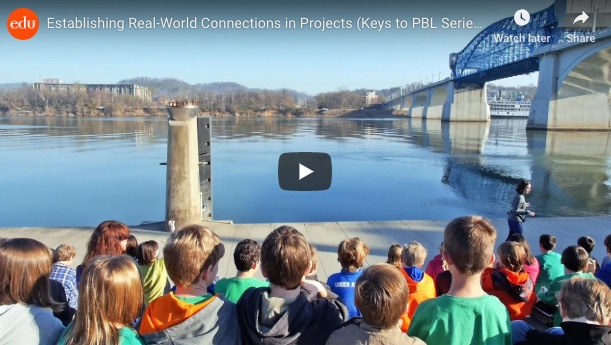
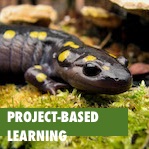 One of the keys of the Project-Based Learning approach is to engage students in solving real-world problems. Ideally, students are involved in exploring relevant and authentic challenges in their community, state, nation, or world. Sometimes teachers and students have to search hard for a need or an opportunity.
One of the keys of the Project-Based Learning approach is to engage students in solving real-world problems. Ideally, students are involved in exploring relevant and authentic challenges in their community, state, nation, or world. Sometimes teachers and students have to search hard for a need or an opportunity. 
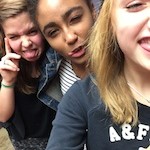 We were lucky enough to get to sit down with three groups of students at
We were lucky enough to get to sit down with three groups of students at 